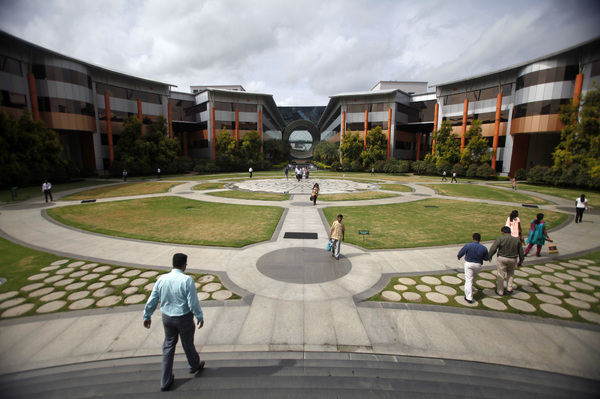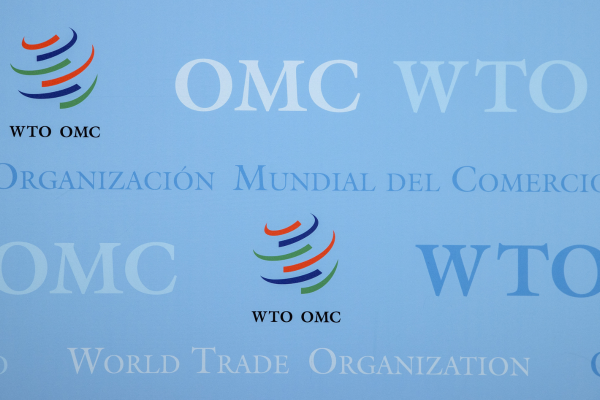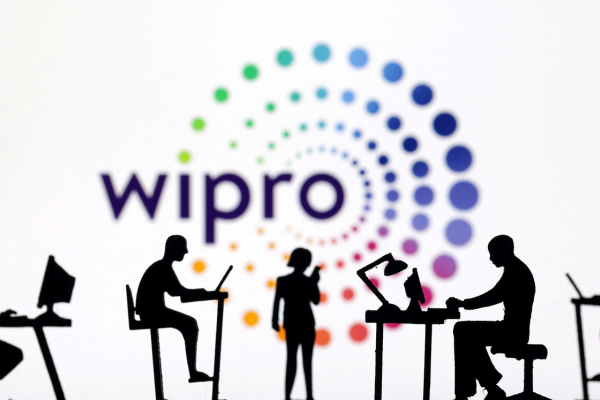Why digital adoption will (or should) be top of the agenda

Simon Blunn at WalkMe describes how digital transformation is rising to the top of the corporate agenda
As we enter 2022, organisations are continuing to invest in digital transformation and react to ever-changing global pressures. To have steady feet on the ground ahead of facing these challenges, they need a completely new understanding of their employees and the way their business operates.
It will be essential to ensure that all digital investments are providing maximum value and that digital services meet end-user expectations. By realising the importance of digital adoption in an increasingly hybrid world, organisations will be able to use all the tools put in front of them with absolute confidence and effectiveness.
Digital transformation - or "the Emperor’s New Clothes"?
Digital transformations have been in tight focus, and attracted a lot of investment, over the last few years. But in 2022, organisations are going to take stock and ask whether they are actually getting what they paid for.
The result will be a lot of The Emperor’s New Clothes moments, where instead of a small child pointing out that the emperor is naked, organisations will realise that their expensive digital transformation projects haven’t produced the expected results – often because the new technologies simply aren’t being used.
The good news is, once a problem is identified, it can be fixed. Analytics can identify where new technologies haven’t been adopted, and where the organisation needs to focus its attention.
And while there might not be a 100% one-size-fits-all approach to increasing adoption, with the right tools organisations can onboard employees smoothly and give them the training and support they need to embrace new technology, instead of avoiding it.
An ultimatum on IT from the iPhone generation
As with any year, and even bearing in mind chip shortages, 2021 saw people rapidly adopting new technologies – from smartphones to smart TVs to smart watches. The one thing all of these have in common is their user-centricity, which consumers have come to see as standard.
But most people won’t find the same user-centric design when they return to the workplace. Patience is running out: research shows half of employees would quit over poor workplace technology, meaning 2022 will be the last chance for many organisations to get their user experience right and prevent a staff exodus.
Any CIO will tell you that the bigger the company technology stack, the harder it is to go beyond the basics in terms of analysing and improving employees’ user experience. If organisations can view across the entire ecosystem, they can analyse which applications are popular, which are time drains, and which ones employees avoid altogether; and exactly why that is.
Does the onboarding process even explain how the application works? Are there easy ways for users to get help when they struggle? And have staff actually completed tutorials?
Without this overarching view, organisations will struggle to match, let alone exceed, employees’ IT experience expectations.
The year of The Great Acceptance
The Great Resignation was a big talking point in 2021, with 69% of UK workers considering moving jobs and many businesses bringing in new talent. But 2022 will see businesses focusing on "The Great Acceptance". Essentially, if new employees are frustrated with core areas of their new job, such as the technologies they’re using, they will quickly become disengaged, prone to error, require more assistance, and ultimately more likely to quit.
Organisations that aren’t prepared to accept and onboard new employees risk seeing these new hires walk straight back out of the door.
Businesses that want to avoid spending on average 50-60% of employees’ annual salaries finding replacements need an even bigger focus than usual on rolling out the red carpet. A key part of this is giving a proper introduction to the software new hires will use, and reinforcing their understanding of these tools over time – in a way that itself is easy to understand, easy to use, and doesn’t bury employees in a blizzard of tutorials for different applications. This will set them up to succeed, and give employers confidence that employees are definitely using the tools they’ve been given.
Timing digital transformation "just right"
Businesses will find the “Goldilocks zone” for digital transformation projects in 2022.
Digital transformation projects often fall into two camps. High-pressure, urgent projects can be too “hot” – completed as quickly as possible with little time for user experience and onboarding processes. Conversely, large-scale projects can be too “cold”, taking years to complete. Not only will the benefits take a long time to arrive, but organisations risk also losing sight of user experience and onboarding as they focus their attention on a huge roll-out.
Either way, without enough time for onboarding and education, there’s a real risk that projects won’t meet their goals.
Both these approaches have their place, but in 2022 more organisations will aim for the Goldilocks zone for projects – ones where the timing is “just right” to deliver benefits in a timely manner, and allow time to ensure employees know how everything works and for organisations to monitor uptake. Key to this will be recognising onboarding and execution as a priority, and ensuring it’s baked into every plan.
Ultimately, nobody has a crystal ball; but preparing for digital adoption is a straightforward step that will prevent a lot of pain.
Simon Blunn is VP and General Manager EMEA at WalkMe
Main image courtesy of iStockPhoto.com

Business Reporter Team
Related Articles
Most Viewed
Winston House, 3rd Floor, Units 306-309, 2-4 Dollis Park, London, N3 1HF
23-29 Hendon Lane, London, N3 1RT
020 8349 4363
© 2025, Lyonsdown Limited. Business Reporter® is a registered trademark of Lyonsdown Ltd. VAT registration number: 830519543





